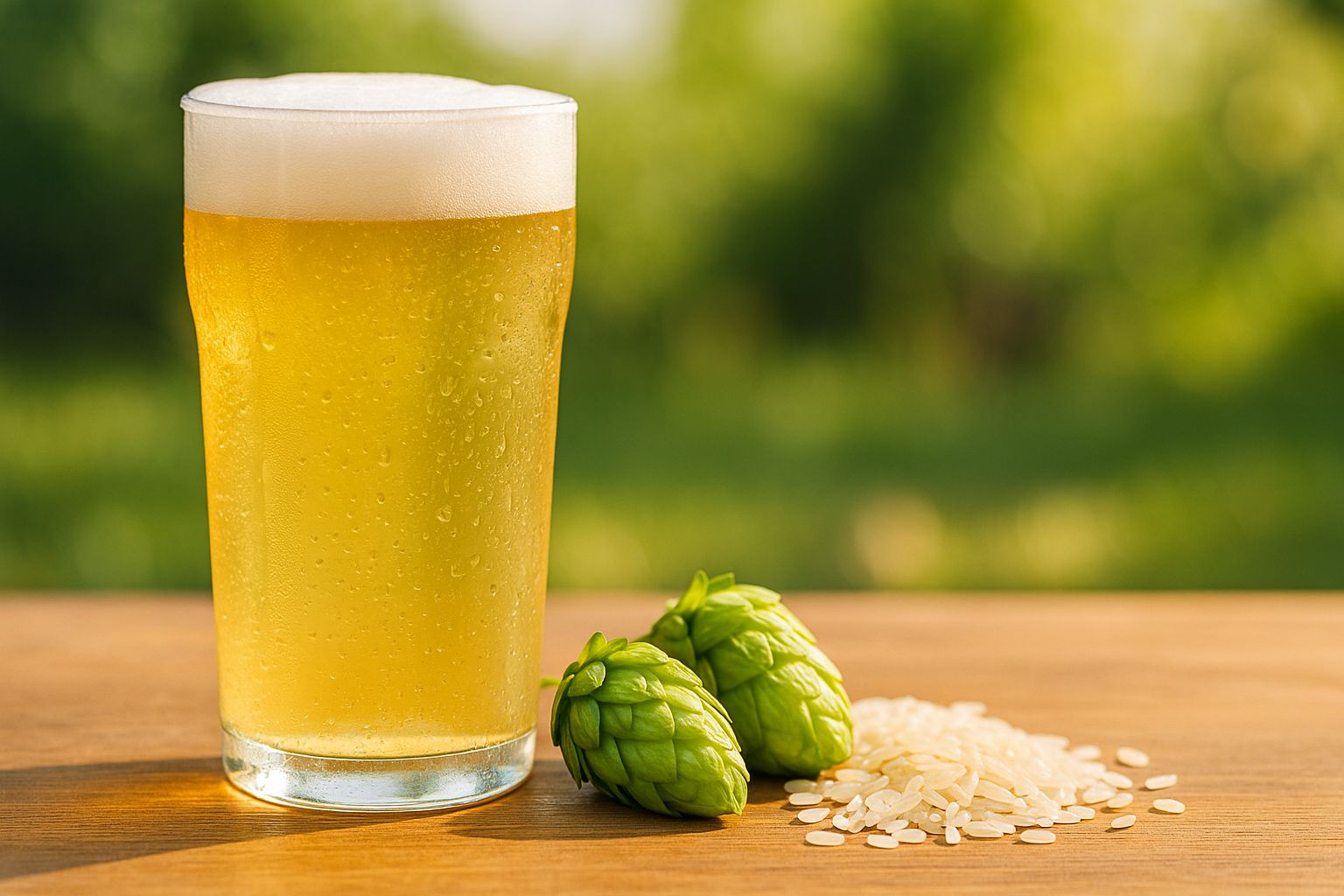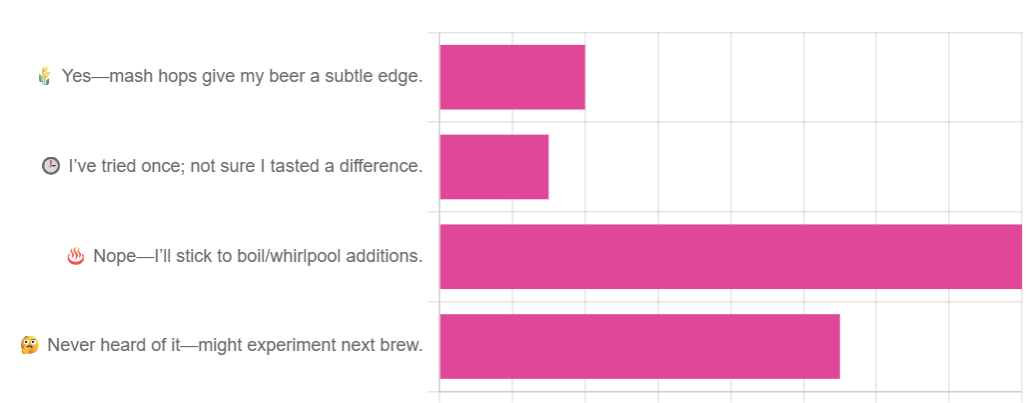- Brew Great Beer
- Posts
- Rice Lagers Are Back—But Craftier Than Ever
Rice Lagers Are Back—But Craftier Than Ever
Craft brewers are reviving rice lagers for ultra-crisp, low-cal beers that spotlight hops and regional rice varieties. Discover why homebrewers may trade malt heft for summer-ready brightness.
Good morning. While brewing beer is as old as time, one innovation that continues to evolve are new hop varieties. A new strain called Vera has been released by USDA-ARS, and has tropical, stone-fruit, and citrus characteristics.
-Brandon Copeland

Rice Lagers Are Back - But Craftier Than Ever

The fizzy “rice beer” once dismissed as macro swill is having a glow-up. Trend trackers at Hop Culture tip rice lager as one of 2025’s breakout styles, praising its crisp texture, low calories, and subtle flavor canvas for modern hops and yeast.
Why Rice?
Bone-dry drinkability – Rice adds fermentable starch but almost no protein, leaving a feather-light body.
Neutral stage for hops – Without bready malt sweetness, any hop - Nelson, Hallertau, or even Sabro - pops cleanly.
Cultural crossover – From Japanese jasmine lagers to Vietnamese pho-inspired versions, brewers use heritage rice varieties to tell local stories.
How Craft Brewers Are Re-Imagining the Style
Approach | What It Adds | Brewer Example |
|---|---|---|
Jasmine or sushi rice in the mash | Floral aroma, extra snap | Felons + Seabin collab Japanese Rice Lager (Australia) |
Flaked rice adjunct (20–30 %) | Ultra-light color, sub-100 cal pints | Dozens of U.S. taprooms touting “light lager, zero guilt” |
Koji-treated rice | Sake-like umami and light melon notes | Small R&D batches at U.S. farmhouse breweries |
Homebrew Snapshot
Grain bill – 60 % Pilsner malt / 30 % flaked rice / 10 % Vienna for a hint of honey.
Single-step mash at 148 °F (64 °C). Rice gelatinises in the flake form - no cereal mash needed.
Low IBU, late aroma – 20 IBU of Saaz for balance, plus a whirlpool hit of Motueka for lime-zest brightness.
Yeast – Any clean lager strain, 50 °F (10 °C). Cold-ferment three weeks, crash clear, serve at 36 °F (2 °C).
The Debate
Pro-rice camp loves the crisp, “endless-pint” drinkability that big brewers exploited for decades but craft ignored.
Skeptics argue that stripping malt character feels like brewing water with bubbles - why not just make a Kölsch?
Yet medal counts say otherwise: more craft competitions now feature “International-style Rice Lager” classes, and entries keep climbing.
Is It Just Summer Fling or Year-Round Staple?
With lighter beers trending alongside calorie-conscious drinkers, rice lagers could become craft’s answer to hard seltzer: flavor without heaviness. The style also meshes perfectly with Asian-fusion menus and warm-weather taprooms. Whether it eclipses pale ales is unlikely - but your July cooler might look very rice-forward this year.

Homebrew Equipment of the Week
German-made HDPE walls three times thicker than a carboy, built-in handles, and an oversized two-piece airlock make this 7.9 gal vessel a workhorse for five-gallon beer or wine batches. The wide 6″ screw-top opening lets you scrub krausen rings by hand, a perk countless owners praise for “easy to move, easy to clean.” A molded spigot sits above the yeast cake, so you can gravity-rack crystal-clear beer straight to keg. Nearly 300 five-star reviews on MoreBeer highlight its durability and $94 price tag—proof that simple plastic can outshine glass.
Perfect for brewers who crave fuss-free, oxygen-tight fermentation without the stainless-steel price.

Beer Trivia Question
🍺 Which U.S. brewery pioneered large-scale use of rice in its flagship lager back in 1876?
Read to the end to find out if you're right!

Brewgr Recipe of the Week
This Cold IPA feels idyllic right now as we are in the middle of summer and the heat is not stopping. This beer has primarily Pilsen malt, with a strong concentration of Citra and Talus hops.
Credit: Brewer 112394

While the primary response was that most brewers will stick to boil/whirpool additions, a large amount of you wrote in and mentioned you were interested in trying this on a future brew. I think things like this are the core of homebrewing - experimentation at its finest.

And the Answer Is...
🍺 Anheuser-Busch added rice to the original Budweiser in 1876 to create a lighter, crisper “American” lager. The adjunct both lowered malt costs and defined Budweiser’s signature dry finish.
P.S. If you want to make sure you receive this newsletter to your inbox every week, do the following:
Reply “OK” to this email. It helps ensure you receive our news.
Move this email to your “primary” inbox if it’s in promotions or spam.
Add [email protected] to your email contacts (updated from last week)
This newsletter contains affiliate links - we will earn a commission on the sale of particular items with no extra cost to you.
Happy Brewing!
- Brandon, Brew Great Beer Team



Reply